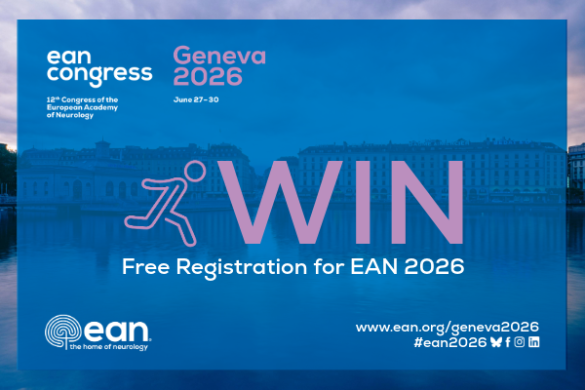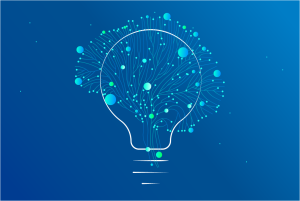Chairs: Riadh Gouider and Maged Abd El-Naseer
The first speaker, Marwa Farghaly, started the session with a presentation on ‘Dementia in Arab world: challenges and new hope’. According to her findings, the Middle-East North-Africa (MENA) countries are the fastest growing in AD. Around 42% of these countries have a very scarce contribution to dementia research, local evidence for research of dementia is very low and since they have relatively young populations, diseases of youth are much more targeted. Dementia should be prioritised as there are high financial costs. Culturally, dementia is stigmatised and considered a part of normal ageing. Lack of standardised Arabic neuropsychological assessment, together with rising migration, plus more than 30 dialects and linguistic diversity present even within a single country gives rise to complications for diagnostic procedures. The rate of research into development of neurological diseases has rapidly increased in the last decade (2011-2015), with Egypt accounting for about 45% of publications, Saudi Arabia 8.9% and Tunisia with 7.4%. In validation and norming, Jordan is the biggest contributor. Around 51% of the dementia research has been done in the last decade, this helps with creating a roadmap.
Haythum O. Tayeb was the second speaker and presented ‘Neuropsychiatric manifestations of dementia: pathophysiology and management’. In Parkinson’s disease, neuropsychiatric symptoms such as apathy as an often-overlooked early symptom, make the elderly socially inert. Certain assessment tools are the Behave-AD; neuropsychiatric inventory (NPI and NPI-Q), geriatric depression scale, Cornell scale for depression, Cohen-Mansfiel agitation etc. Data in the field are often large, however not of high quality. The distinction between neurobehavioral symptoms is important, but often overlooked. The non-pharmacologic approach is overlooked and should include the following: caregiver, patient and environment related factors. Tayeb described the DICE approach: Describe, Investigate, Create, Evaluate. As far as patient-directed interventions go, some are not available in the Arab world. First generation antipsychotics offer modest improvement in agitation and psychosis but have a lot of side effects; second generation risperidone and aripiperazole, modest evidence. There was an international Delphi consensus: management for overall BPSD and agitation; thorough assessment and management of underlying causes 100%; caregiver problem (solving, info, education) 91%; unless there is psychosis present, resolving issues with meds are not recommended.
The third lecture started off with a brief history of the discovery of Lewy bodies and the subsequent years and developments. In 1996, the first consensus guidelines were published for the pathologic diagnosis of Lewy bodies and in 2005 for the diagnosis and management of dementia with Lewy bodies. In 2017, the DLB Consortium, which revises the criteria for diagnosis of DLB, published its fourth consensus report. Its central feature is essential for diagnosis of DLB. In the early stages, prominent memory impairment may not occur, but deficits of attention, executive function and visual ability may be prominent. The rest of the consensus report then discusses core clinical features and supportive clinical features. The revised indicative biomarkers include reduced dopamine transporter uptake in basal ganglia, abnormal (low uptake) I-MIBG myocardial scintigraphy, polysomnographic confirmation of REM sleep without atonia. Even though DLB is the second most frequent degenerative dementia after AD, data for prevalence remain sparse and uncertain. Prevalence of DLB is likely much higher than that of clinically recognised cases. The conclusions of this presentation were that DLB has an underestimated prevalence because of clinical heterogeneity and diagnostic difficulties. Familial forms are only the first steps in identifying genetic factors.
Maria Benabdeljlil’s lecture was on the topic of ‘Management of AD in Morocco: Practical experience and challenges’. According to AD International, the current number of individuals with Dementia is about 50m. In 2050, the prediction is around three times the current number. There are a few issues regarding dementia – about half of the cases stay undiagnosed and negatively affect the patients’ independence, communities and health-care system. The majority of care is also provided by the family. AD in Morocco is under-diagnosed, even though it is the first cause of dementia. When it is diagnosed, usually it is at a very advanced stage. One of the possibilities of development of NP tools is multidisciplinary work in neuropsychological and linguistic fields. Already existing tests need to be adapted, as well as consideration toward socio-cultural and religious specifics. Overall, the management of AD in Morocco would benefit from an increased number of specialists, the availability of adapted NPT and neuroimagining. There is a need to strengthen communication about dementia and AD.











